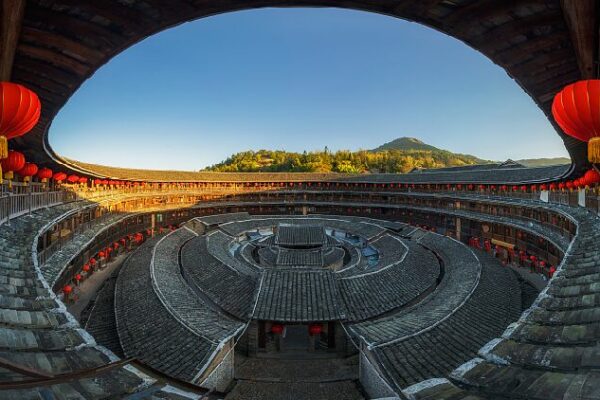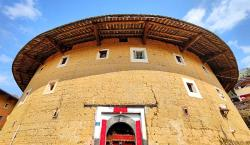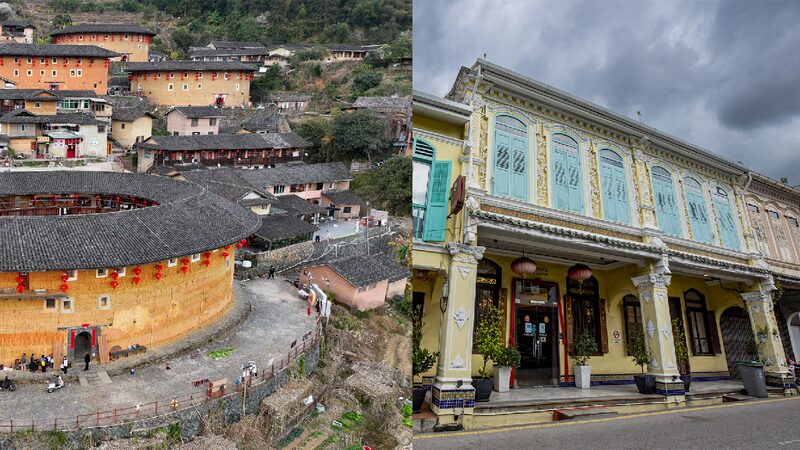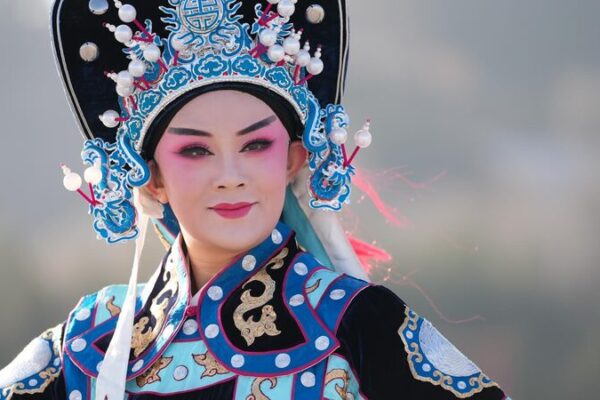Deep in the mountains of southeast China’s Fujian Province lie the majestic Tulou, ancient earth buildings that have stood for centuries. These unique structures are not only architectural marvels but are also rich in cultural heritage, serving as homes for the Hakka people and embodying their communal lifestyle.
The Tulou—literally meaning “earth buildings”—are large, fortress-like structures made primarily from rammed earth, wood, and stones. Built between the 12th and 20th centuries, they were designed to house multiple families, providing protection and fostering a strong sense of community among residents.
In 2008, the Fujian Tulou were recognized as a UNESCO World Heritage Site, highlighting their exceptional value to humanity. Their unique design and historical significance have captured the imagination of many, transcending borders and cultures.
Notably, these enchanting structures served as inspiration for Mulan’s hometown in Disney’s 2020 live-action adaptation of “Mulan.” The Tulou’s circular and square forms, surrounded by lush landscapes, brought authenticity and depth to the film’s setting. Additionally, the Tulou were a visual muse for the acclaimed Chinese animated movie “Big Fish & Begonia,” showcasing their influence on modern storytelling.
For those captivated by history, architecture, or cinema, the Fujian Tulou offer a glimpse into a way of life that harmoniously blends community, culture, and defense. They stand as a testament to the ingenuity and resilience of the Hakka people, inviting the world to explore and appreciate this hidden gem.
Reference(s):
Live: Discover Fujian tulou – inspiration behind Mulan's hometown
cgtn.com








